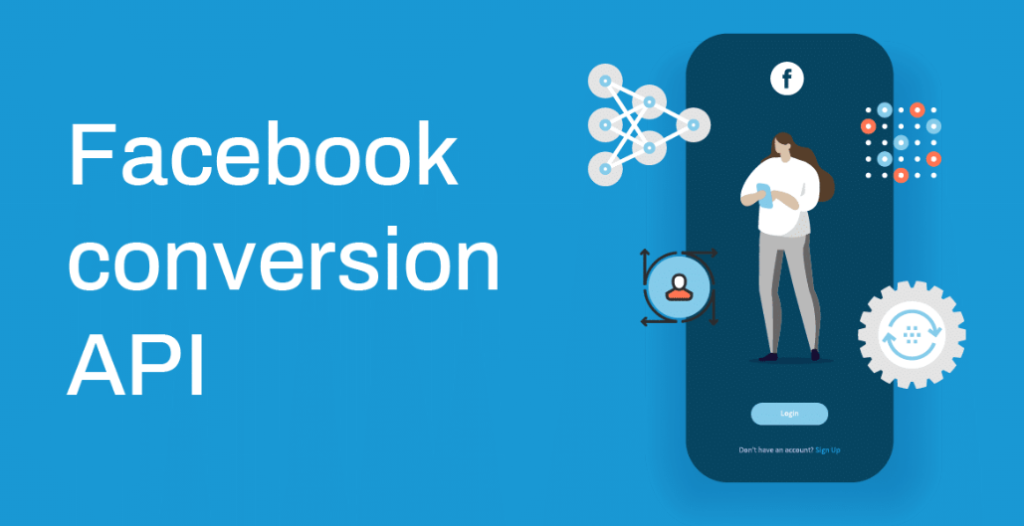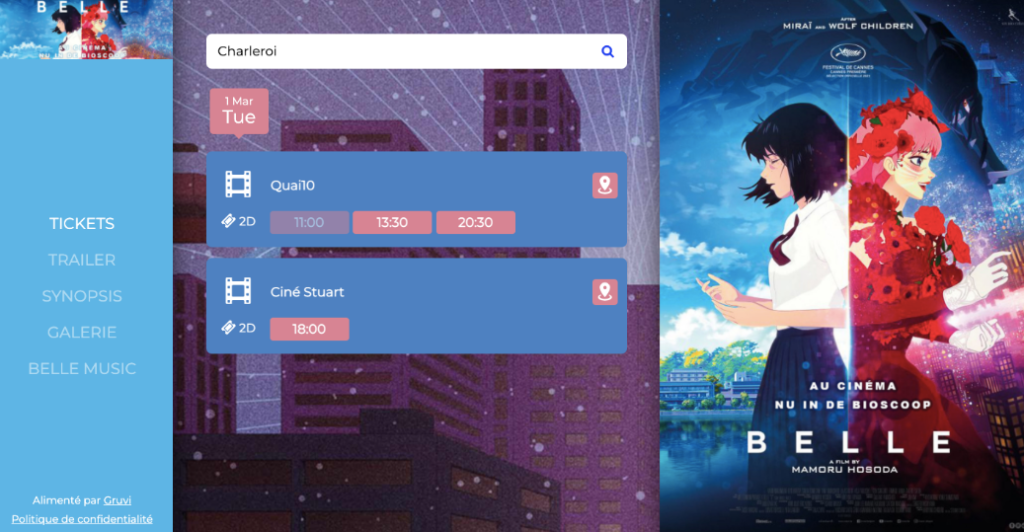THE COOKIELESS FUTURE IS INEVITABLE - BUT GRUVI HAS THE SOLUTION

“Micro-targeted advertising has had its day and developers had best look forward rather than reminisce over ‘the good old days.’”
Jake Moore, Global CyberSecurity Advisor, ESET
- The world’s most popular internet browser Google Chrome has confirmed that it will stop using third party cookies by the end of 2023.
- Since Apple users have had to choose to allow third party tracking, and 62% have opted out.
- Google have announced similar plans for users of their Android phones.
- Most recently the use of Google Analytics has been found to breach European Union privacy laws according to Austria and France.
All of these challenges have been on Gruvi’s radar for a number of years and we have been searching for solutions, developing new tools and strategies along the way. Here is what we've learned and have been doing so far.

Facebook created its Conversion API which allows data to be fed directly into the Meta/Facebook system that handles results, and measures them in a similar way to pixel events.
This allows advertisers to monitor conversions and make adjustments in Ads Manager.
In other words: instead of sharing data via a browser, we could be using the Conversions API to exchange data directly from our own server (aka "server-side tracking").

Gruvi has been using server-side tracking for various clients and products, including our movie landing pages we build for various theatrical film distributors, which allow audiences to see which of their local cinemas are showing the promoted movie, look up performance times, and subsequently exit to purchase advance tickets. We have also been using server-side tracking for various exhibitor clients to capture cinema audiences and track attribution, in preparation for the looming departure of cookies.
So what exactly have we done?
- We’ve implemented server-side tracking for the most important e-commerce functionalities that are being used for data collection and conversion optimization. Examples of these functionalities across various sites include interactions with movie showtimes, add to cart, initiate checkout, ticket purchases, etc.
- This means that data from our campaigns is now being delivered via server-side tracking, in addition to traditional pixel ad tracking. We ensure that ad platforms like Facebook and Instagram can recognize duplicated events, and include additional data in their reporting.
The effectiveness of server-side tracking was highlighted by the following results:
- We were able to track an increase of 15% in showtimes interaction on our movie landing pages.
- We were able to track an additional 7% in 'add to cart' cinema tickets for an exhibitor client.
- This data not only reports the attribution of a campaign performance and its effectiveness, it also helps ensure that sales conversions are not missed.
The graph below below shows the comparative data for regular pixel tracking versus server-side tracking over the longest period available, as Facebook only allows a maximum 28 day range for data supplied supplied via a regular pixel.

As the campaign began there was only a 3% difference in the tracking data from pixel versus pixel & server-side. However changes implemented to the server-side set up during the campaign meant that, by the last seven days, server-side tracking was attributing an additional 7% of data. Such changes are constant and on-going, and we fully expect the results generated via server-side tracking to deliver a much bigger differential once cookies become extinct next year.
The future is here: using server side tracking to monitor such events and interactions as actual sales should already be a given. This data is already being used by Gruvi to optimise our campaign results, and in the near future such precise event attribution will also improve our understanding and cultivation of a client's custom audience. This will allow us to better retarget those best performing consumers, and also lead to the identification of higher quality lookalike audiences, ultimately delivering a higher return at a lower cost.
Server-side tracking offers one huge additional benefit: its ability to overwrite part of the 24 hour time limitation for cookies imposed by Apple's iOS (with Android expected to follow their lead very soon), in terms of ensuring we can attribute data server-side during that period of time. Although server-side tracking can't solve all of the problems caused by such a short window, it can nevertheless deliver a significant improvement on the attributed results delivered over those 24 hours.
We are all on the path to a cookieless future, and as Gruvi makes our way along it we will continue to share our thoughts and findings in future posts. But if you are not already on this path you need to talk to us today!